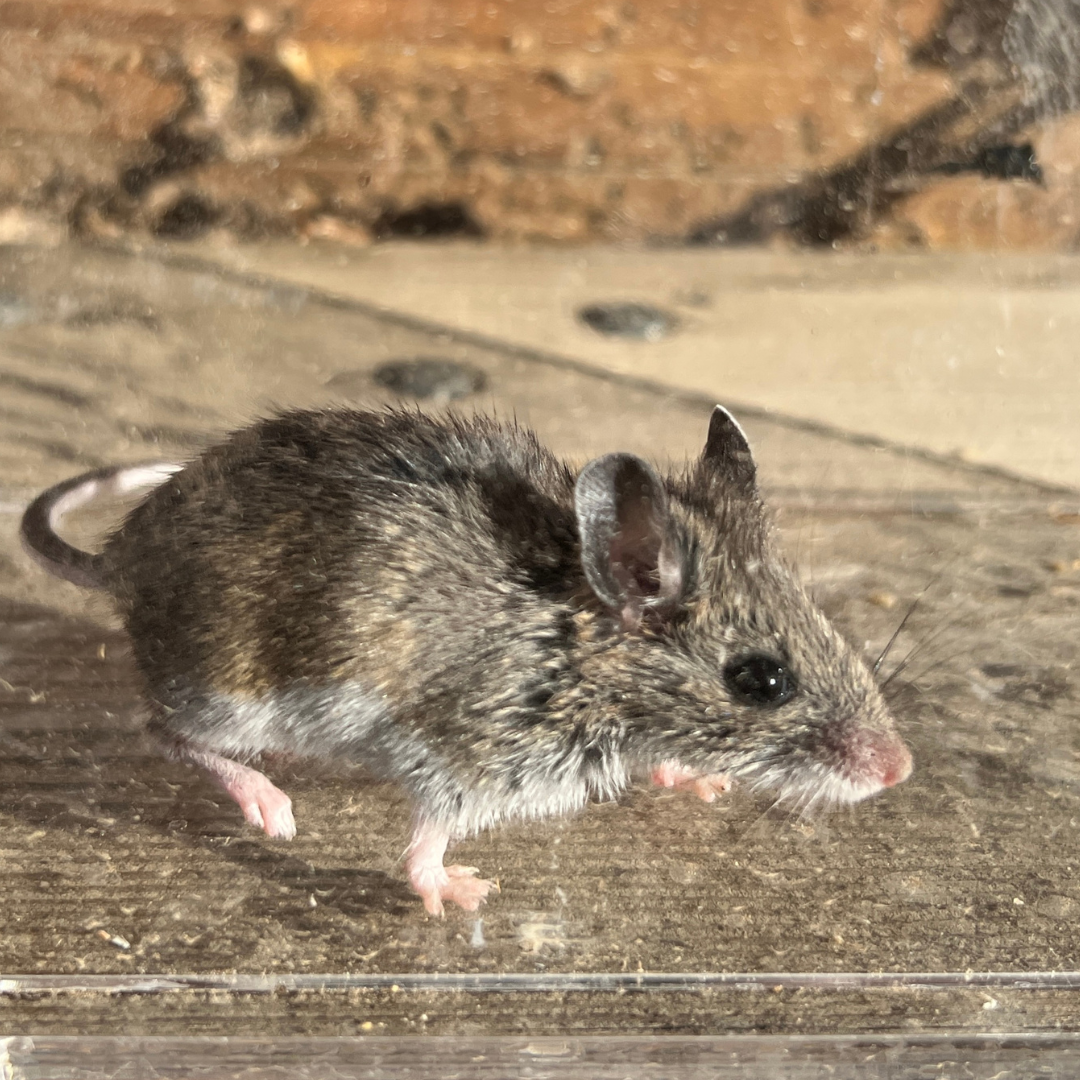Deer Mice

Proud Supporter of Disabled Veterans
No Contracts
Services provided without written contracts.
Introduction to
Deer mice are common rodents known for their adaptability and ability to transmit diseases like hantavirus. Recognizing and managing these pests effectively is crucial for maintaining a healthy home environment. This guide provides detailed information on how to recognize, understand, and manage deer mice, including preventive measures and professional pest control solutions.
Recognition
Deer mice (Peromyscus maniculatus) are small rodents with a distinctive bi-colored appearance. They typically measure about 5 to 8 inches in total length, including their tail. Their fur is brownish-grey on the upper parts, with a white underbelly and feet. Deer mice have large, black eyes, prominent ears, and a long, bicolored tail. Their overall appearance can be mistaken for other small rodents, but the sharp contrast between the upper and lower body colors helps in identification.
Biology
Deer mice belong to the family Cricetidae and have a relatively short life span, typically living for about one year in the wild. They reproduce rapidly, with females capable of producing multiple litters per year, each containing 3 to 7 young. Deer mice undergo a typical rodent life cycle, starting as altricial young that develop quickly. They are omnivorous, feeding on a diet that includes seeds, fruits, insects, and fungi. In colder months, they may seek shelter indoors, leading to potential human encounters.
Habits
Deer mice are nocturnal and highly active, often seen foraging at night. They are excellent climbers and can access various parts of a building, including attics, basements, and walls. Deer mice are known for their nesting behavior, creating nests from soft materials like paper, fabric, and insulation. They are also carriers of hantavirus, a serious respiratory disease transmitted through their droppings, urine, and saliva. Therefore, it is crucial to address deer mouse infestations promptly to prevent health risks.
Prevention
Preventing deer mouse infestations involves sealing entry points and eliminating potential nesting sites. Inspect and seal cracks and gaps around doors, windows, foundations, and utility pipes. Install door sweeps and weather stripping to block entry points. Keep food in airtight containers and clean up spills promptly to reduce attractants. Store firewood and other potential nesting materials away from the home. Regularly inspect and clean areas where mice may hide, such as attics, basements, and garages. Use traps and baits strategically to monitor and control any mice that may enter.
Professional
When deer mice become a persistent problem, professional pest control services can offer effective solutions. STL Pest Control provides comprehensive inspections and tailored treatment plans to address deer mouse infestations. Their methods include identifying and sealing entry points, using traps and baits to eliminate existing mice, and implementing long-term prevention strategies. Professional services ensure that the infestation is managed efficiently and safely, reducing the risk to humans and pets and minimizing the potential health hazards associated with deer mice.



Our Office







